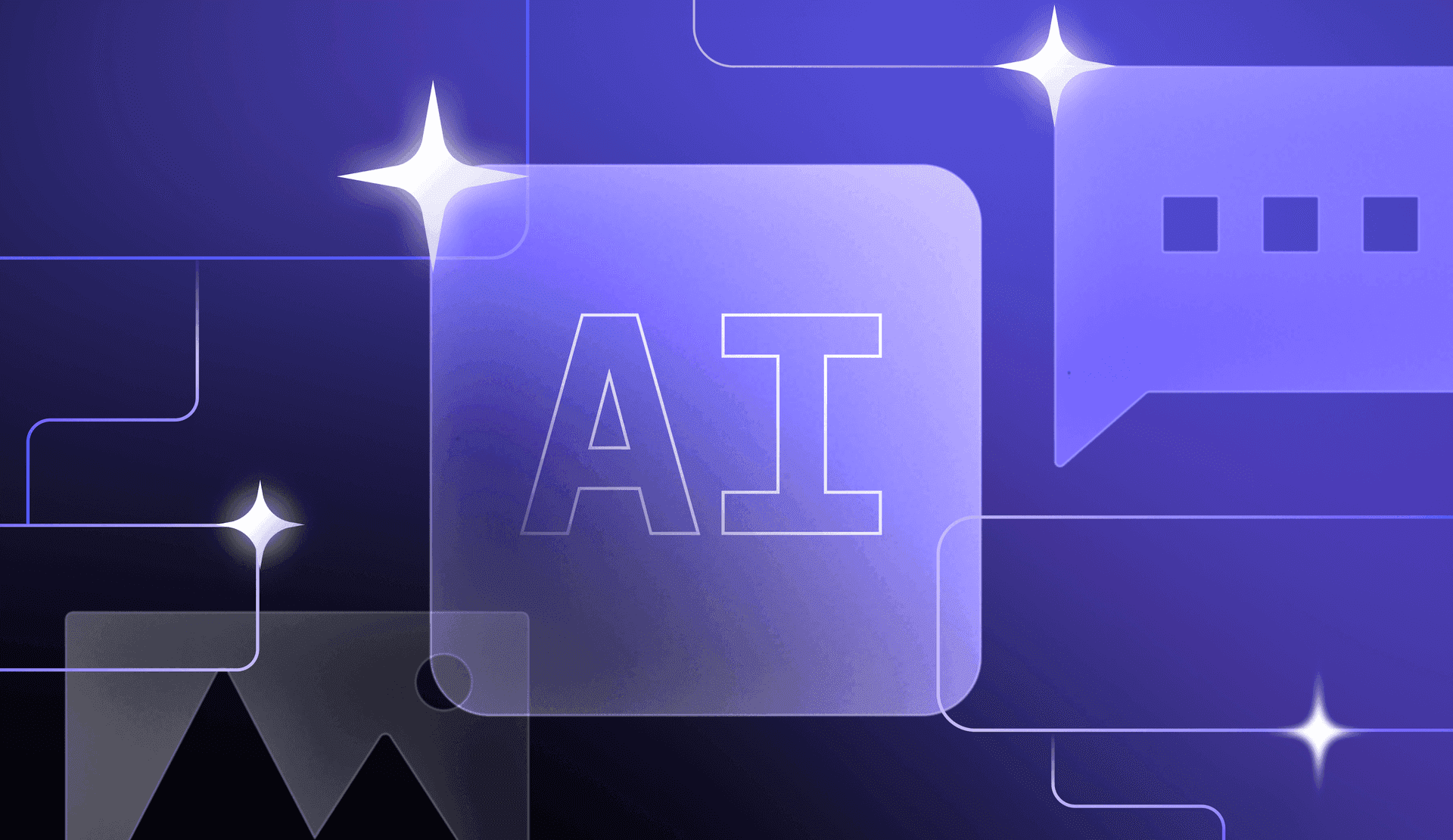Originally published in Forbes.
For about a year and a half, the topic du jour across tech and business has been generative AI. Following the launch of ChatGPT, pundits immediately began speculating how this and other similar tools could have a tremendous impact on productivity and profits for businesses across industries.
In that time, though, many leaders have come to believe that generative AI is not the magic elixir some have made it out to be. Taking a look at the Gartner hype cycle, generative AI was recently at the peak of inflated expectations. Now, we’re careening through the “trough of disillusionment”—and fast. While many leaders have become disenchanted with the progress resulting from generative AI, there is a “slope of enlightenment” on the other side.
I hold fast in my belief that AI is the most important advancement of our time, and leaders shouldn’t stay in a disheartened state. Generative AI is an incredibly powerful tool in many contexts. If you’re a leader who is facing challenges with generative AI, here’s how to solidify the technology’s impact at your company, overcome the industry-wide disillusionment, empower your workforce and get ahead of your competition.
Start By Enabling Your Builder Teams With Generative AI
The first critical step for enterprise AI adoption is to enable your builder teams (i.e., engineering, product and design). These teams have a natural technical depth, ability and willingness to explore new ways of maximizing their efficiencies with tools. This makes these teams a great place to begin your company’s journey in adopting generative AI.
When I think of the go-to tools for these builders, I look at tools that are close to their daily workflow—like GitHub CoPilot, ChatGPT from OpenAI, Amazon’s Q and Gemini Code Assist from Google—that don't run the risk of slowing down their development practices. Several of these even have native extensions that can live in the developers' code editor, keeping them locked in a flow state.
These tools set teams up to go much deeper than asking AI to write you an email or Sora to create a picture of puppies in a field. While there are use cases for these mainstream tools to benefit builder teams, tools that fit closely to your builder teams’ workflows are where engineering teams can see the most value.
Be Generous In Prototyping Generative AI Features For Your Own Product
Many companies go into the development of a generative AI project or feature concerned about “wasteful” cycles spent on exploring solutions that may be thrown away. But this is not a recipe for success. Leaders should be willing to let their teams go broad in the ideation and early prototyping of their products. In order to hit a home run, you have to swing for the fences.
At LaunchDarkly, we provide a safe environment for experimentation to encourage our teams to explore. Now, a feature that started as a hack is moving into our core product. Adobe does this as well—they prototype their generative AI products, like their music editing tool. The prototyping and testing processes provide you with valuable information to improve the efficiency and capabilities of each new tool, creating more learning opportunities for team members and, ultimately, an improved end result.
Double Down On Automation Across Your Business
Beyond your highly technical product and engineering teams, every single team has opportunities to add automation. Legal, marketing, finance and HR all have little points of friction in their work. By doubling down on automation to solve these pain points, you can see amazing results.
Think about the roles at your company that are the hardest to staff. These are the places where automation can be most impactful. At Tyson Foods, they’ve automated things like deboning chickens. Amazon is automating much of its manual warehouse work as well.
Automation provides a way for workers at all levels to “work smarter, not harder.” At Yum Foods, they’ve implemented an app across Taco Bell and Pizza Hut locations that helps restaurant managers track and manage operations and get questions answered without flipping through manuals.
An important factor in this is using automation tools that are truly embedded in your own systems. When generative AI is highly focused and has access to your company’s own data—and not just the vast world of the entire internet—it can create highly relevant and impactful solutions to your business’s problems and unlock new ways of approaching those problems for your team.
Asking a large model like ChatGPT to write a job listing or an email subject line for you may result in some usable material. But for the biggest bang for your buck, you want an LLM to have access either through retrieval augmented generation (RAG) or better yet, through model training to your own data so it can write the description or headline that will be the most effective—backed by your own historic results.
For example, Salesforce recently launched an innovative approach to leveraging generative AI in business communication. Their new Slack AI generator is designed to analyze Slack messages and share intelligent suggestions on how to respond.
Final Thoughts
It can be a risky proposition to jump on a trend out of fear of missing out, and then moving on just as quickly when things aren’t immediately taking off. Ultimately, generative AI will not be a passing fad.
At LaunchDarkly, we’re continuing to invest in generative AI. We’re excited to see others do the same to take advantage of the truly transformational capabilities it offers. The companies that are most equipped to use it effectively today will likely be the most successful in emerging from the “trough of disillusionment” up to the “slope of enlightenment.”





